Amy Lowell Anew
Amy Lowell Anew
A Biography
Carl Rollyson
ROWMAN & LITTLEFIELD PUBLISHERS, INC.
Lanham Boulder New York Toronto Plymouth, UK
Published by Rowman & Littlefield Publishers, Inc.
A wholly owned subsidiary of The Rowman & Littlefield Publishing Group, Inc.
4501 Forbes Boulevard, Suite 200, Lanham, Maryland 20706
www.rowman.com
10 Thornbury Road, Plymouth PL6 7PP, United Kingdom
Copyright 2013 by Carl Rollyson
All rights reserved. No part of this book may be reproduced in any form or by any electronic or mechanical means, including information storage and retrieval systems, without written permission from the publisher, except by a reviewer who may quote passages in a review.
British Library Cataloguing in Publication Information Available
Library of Congress Cataloging-in-Publication Data
Rollyson, Carl E. (Carl Edmund)
Amy Lowell anew : a biography / Carl Rollyson.
pages cm
Includes bibliographical references and index.
ISBN 978-1-4422-2392-9 (cloth : alk. paper)ISBN 978-1-4422-2394-3 (electronic)
1. Lowell, Amy, 1874-1925. 2. Poets, American20th centuryBiography. 3. Women and literatureUnited StatesHistory20th century. I. Title.
PS3523.O88Z74 2013
811'.52dc23
[B]
2013012771
 TM The paper used in this publication meets the minimum requirements of American National Standard for Information Sciences Permanence of Paper for Printed Library Materials, ANSI/NISO Z39.48-1992.
TM The paper used in this publication meets the minimum requirements of American National Standard for Information Sciences Permanence of Paper for Printed Library Materials, ANSI/NISO Z39.48-1992.
Printed in the United States of America
Probably no great woman ever so successfully concealed herself by elaborate trappings. The poetical Miss Lowell reminds me occasionally of a whole-hearted and beautiful dowager who, afraid that her own person will fail to charm, hedges herself about with silks and satins, perfumes, flowers, jewels, and clanking metals, until she seems a veritable museum of objets dart, and the real woman beneath, fine and true as she is, becomes discernible only to those who are patient enough to look and to wait.
John Farrar, ed., The Literary Spotlight, 1924
She had opportunities of being herself, of being sincere, that are not really given to many.
John Drinkwater, Amy Lowell Memorial Meeting
held at Keats House, April 15, 1926
The one time I dined at the Brookline estate, I felt as if I were in audience with a later Roman emperorpossibly Nero fiddling among the flames. And yet, I learned to know her a little more closely, perhaps more accurately. In unguarded moments, she seemed an immensely feminine person, not without innocence and wistfulness, and I decidedif one can ever decide anythingthat her abnormal ambition and industry had obscured her true character. The role she played for the world was masculine, valiant, combativeand the inner being, private, lonely, susceptible to human fragility.
Alfred Kreymborg, One Singing Strength:
An Outline of American Poetry, 1929
Somewhere within that face and form so closely resembling Holbeins Henry VIII was hidden a heart that the world and the critics missed.
Ferris Greenslet, Under the Bridge: An Autobiography, 1943
Authors Note
After many years of writing literary biography, I have come to the conclusion that the only viable way to keep a narrative going is through a selective discussion of a writers work. Summaries of reviews and even of the contents and structures of literary works usually arrive dead on the page. Amy Lowell, a great but uneven poet, has been badly served by previous biographies that have judged her by the totality of her work. I have dispensed here with the trappings of literary biography and concentrated on her best workand even then only on crucial poems that advance my narrative and show off her genius to best effect.
Although I have read everything in Lowells huge archive at the Houghton Library of Harvard University, I have sometimes footnoted instances where the texts I quote are available in secondary sources. My earlier book about Lowell deals extensively with many of the major figures in Lowells life (Ezra Pound, John Gould Fletcher, D. H. Lawrence, Robert Frost, and Florence Ayscough), as well as with the significant memoirs by her friends, so I present material concerning these personages here in briefer form.
Unless otherwise noted, the letters, diaries, and memoirs cited in this biography are in the Amy Lowell collection at Houghton Library, Harvard University.
(New York: iUniverse, 2008).
Acknowledgments
In 2007, shortly after I decided to write a biography of Amy Lowell, I lunched with Jane Marcus, a colleague of mine at the City University of New York. I wanted to know if anyone else was working on an Amy Lowell biography. If I had a contender, Jane, a feminist scholar with widespread contacts, could tell me. Competing with another biographer did not trouble me, but in this case I knew it would take years to make my way through Lowells huge archive at Harvards Houghton Library, and I hoped I would be the only biographer to take on this arduous task.
Jane suggested I get in touch with Melissa Bradshaw, then working on a book that would become the brilliant Amy Lowell, Diva Poet. Later, Bonnie Kime Scott, another highly regarded feminist scholar, also recommended I contact Bradshaw, who, it turned out, was making use of Lowells biography but not writing a biography. She was most encouragingas enthusiastic as Jane Marcus was about my writing a biography of Amy Lowell, and just as helpful. Indeed, she read a draft of this book and suggested a number of important improvements.
Doing biography is an expensive proposition. I wanted to have the backing of a publisher and, ideally, grants that would sustain me through years of hard work and hotel stays while working in the Houghton archive, plus trips to England and California to find new material about Amy Lowell. I was most fortunate in securing the support of Ivan R. Dee, who saw the value of a new Lowell biography and offered me a contract. Shortly afterwards, my good luck was magnified by a National Endowment for the Humanities Fellowship for College Teachers, which helped support me in a sabbatical year, during which I laid the groundwork for this biography, published as Amy Lowell Among Her Contemporaries.
I made well over a dozen trips to the Harvard archive, funded by the PSC/CUNY Research Award program, sponsored by the Professional Staff Congress and the City University of New York. I am grateful for years of grant support amounting to thousands of dollars that went towards expenses that no publishers advance could possibly cover.
I want to thank the staffs of the Houghton Library, the Huntington Library, the London Metropolitan Archives, and the Massachusetts Historical Society for their exemplary work responding to my requests for archival material. I will miss those Friday coffee hours at the Houghton when I had the opportunity to talk over my work with archivists such as Peter Accardo and Susan Halpert.
I want to thank Timothy Engels of Brown University for facilitating my work in the S. Foster Damon Papers, Kimberly Brownlee for help accessing the Jean Gould Papers at the University of Toledo, and David Pavelich at the University of Chicago for aiding my work in the Harriet Monroe Papers.
It is with great pleasure that I acknowledge the indefatigable Tara Gildea, my undergraduate research assistant who came to me via CUNYs Macaulay Honors Program, and my other diligent research assistants, Shayan Saber and Alicia Marie Torello.
Along the way, two of my favorite biographers, Marion Meade and James McGrath Morris, provided information and support, and then a timely e-mail from Rebecca West scholar Ann Norton provided Wests invaluable reference to her one meeting with Amy Lowell. Most of all I have to thank Will Swift, another savvy biographer, who invited me to give a talk about my career in biography for the Columbia County Historical Society. There, in the audience, sat David Black, author of
Next page
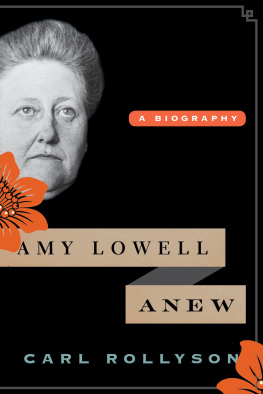
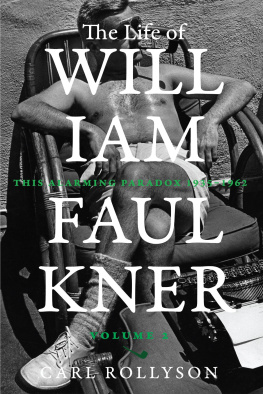
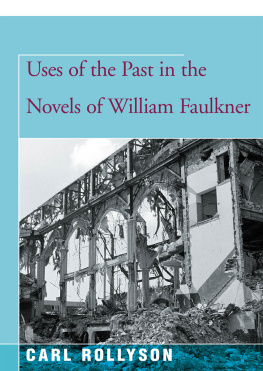
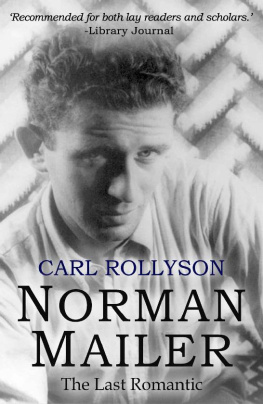
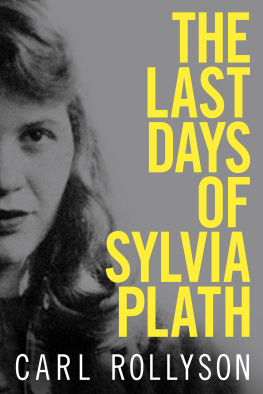
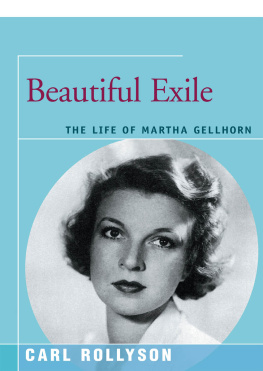
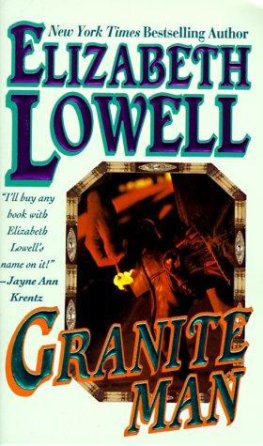

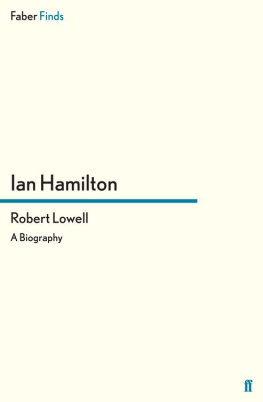
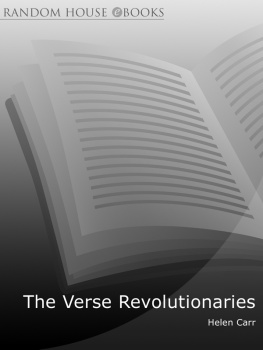


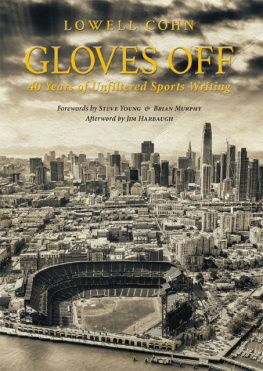
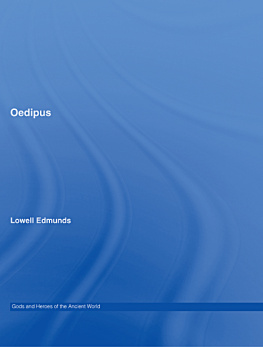
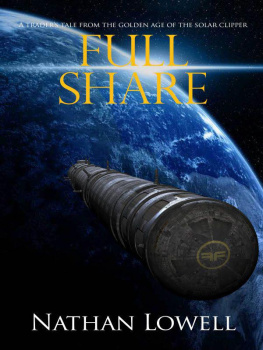
 TM The paper used in this publication meets the minimum requirements of American National Standard for Information Sciences Permanence of Paper for Printed Library Materials, ANSI/NISO Z39.48-1992.
TM The paper used in this publication meets the minimum requirements of American National Standard for Information Sciences Permanence of Paper for Printed Library Materials, ANSI/NISO Z39.48-1992.